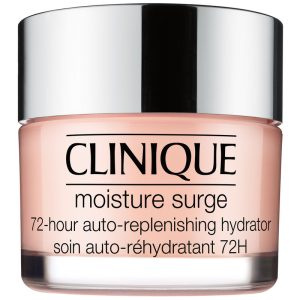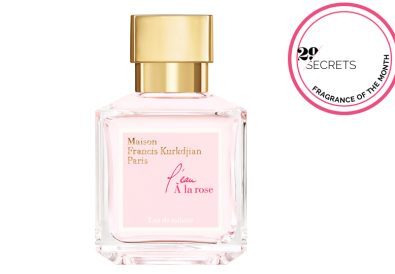When experiencing skin tightness and flakiness in the winter, we often throw around the term ‘dry’ more often than we should. Sure, your skin feels instantly ‘dry’ after a shower or when coming in from the cold, but have you ever considered that your skin may actually be dehydrated? We know what you’re thinking, “Isn’t it the same thing?”. The answer is no. A bit confusing, we know (we once thought the same), but mixing up the terms dry and dehydrated is a common mistake. To make things a little clearer think about your skin type and condition. Understanding the differences between the dry skin and dehydrated skin is important to better tackle your skin issues. To help you understand the difference and to determine whether your skin is dry or dehydrated, we spoke to Dermalogica master educator, Charmaine Cooper to clear things up.
Whether you have dry or dehydrated skin — or even oily skin for that matter — the overall goal of skin care is to establish healthy skin. “In a nutshell, everyone’s objective for healthy skin is to balance the skin between oil and water levels. That’s what we essentially call ‘normal skin’. As we get a little older, we go through a lot of changes, phases and stages in both our lives and our skin (puberty, pregnancy, etc.) and our ‘normal skin’ will start to deviate to a normal to oily skin type, or normal to dry,” says Cooper.
So what is dry skin?
Dry skin is a skin type, and like all skin types, it comes down to genetics. “[A person with] dry skin typically is someone who genetically can never really produce oil. In fact, as a baby, everyone has the same skin, but through puberty, your skin type starts to manifest,” she says. “[All] skin is supposed to produce oil. The reason why oil is supposed to be produced is that it acts as a waterproofing agent that locks the water in the skin and helps to prevent any irritants from getting in. We call that the barrier function or the skin’s barrier, which is made up of lipids (oil) as well as the natural moisture inside the cell,” says Cooper.
If you have dry skin, your skin lacks that oil that acts the skin barrier, so it almost always feels tight, sensitive and looks rough and flaky in texture. Dry skin also lacks radiance and elasticity, which can lead to wrinkles.
How do you treat dry skin?
Unfortunately, since oil production occurs at the cellular level of the skin, we can never change or correct a skin type. The only solution we have is to manage it. “What we want to do is mimic and push in what the skin should have been able to produce (lipids) with richer emollient-textured products.” Emollients like plant oils, lanolin, shea and cocoa butters soften and soothe skin and help strengthen the outer barrier by filling in “the cracks” in between skin cells.
What is dehydrated skin?
Dehydration is a skin condition that affects all skin types. Dehydrated skin lacks water due to the dry environment — which is why dehydration is typically tied to the harsh, dry weather we experience during the winter months. But dehydration can occur at any time of the year. Stress, makeup, the misuse of skincare and indoor cooling/heating can also strip the skin’s water levels.
How do I know if my skin is dehydrated?
If your skin suffers from dehydration, the signs are hard to miss. You’ll experience changes in your skin almost immediately. Skin can look dull, flaky and feel tight and fine lines and wrinkles may show up more. (Think about how your skin looks when you’re seriously hungover or when you’ve mainlined coffee for a few days, and you’ll get the gist).
Many people who typically have oily skin all year-round confuse dehydration for dryness during the colder months. Sure, you still experience the same changes to your skin as someone who is on the dry side, but if you have oily skin this misconception can be harmful when attempting to treating it, as oily skin naturally combats dehydration differently. “[When someone with oily skin] steps out into a very dry environment that lacks humidity already, the skin gets stripped of its water. If the skin is not hydrated enough, that skin’s barrier will produce excess oil, which can lead to congestion,” Cooper explains. This is why many people experience seasonal acne. If this sounds like you, we suggest avoiding the use of heavy facial moisturizers.
How do you treat dehydrated skin?
When experiencing dehydration, it’s important to adapt to the changes and switch up your skincare routine. “We need to make sure our skin has that balance of oil and water all year-round. The objective for dry skin is to get up those oil levels and for oily skin, get up those water levels, so it can self-regulate,” says Cooper.
In the meantime, avoid harsh cleansers or scrubs, which will only make things worse. Use a gentle cleanser and treat skin to hyaluronic-acid-based serums, which will help draw moisture into the skin. And maybe but your caffeine intake while you’re at it, since overdoing it on coffee can sap the skin of moisture.
To help you treat your thirsty skin, scroll through our top picks.
If your skin is dry, try: Dermalogica UltraCalming Barrier Repair, $65.
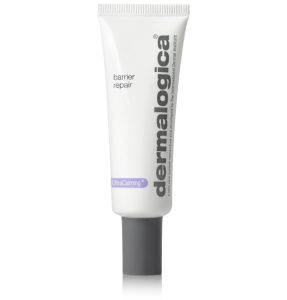
Ole Henriksen Nurture Me Moisturizing Creme, $50.
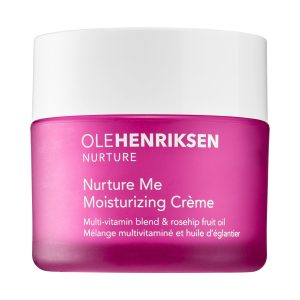
If your skin is dehydrated, try: NeoStrata AquaYouth Filling Anti-Wrinkle Cream
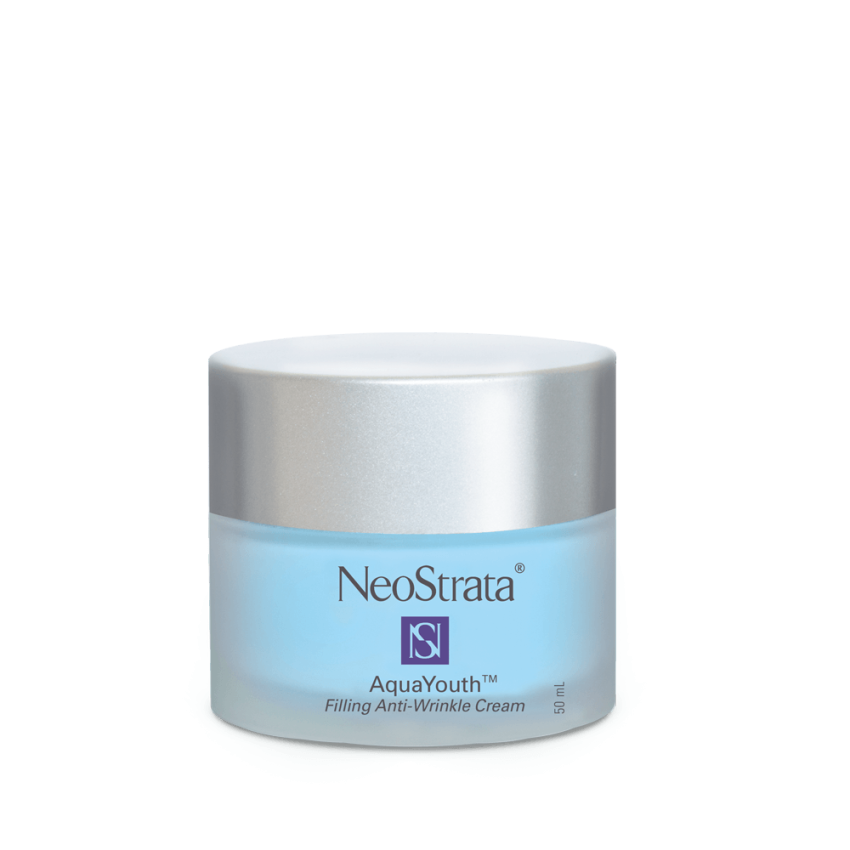
Clinique Moisture Surge 72-Hour Auto-Replenishing Hydrator, $46.
